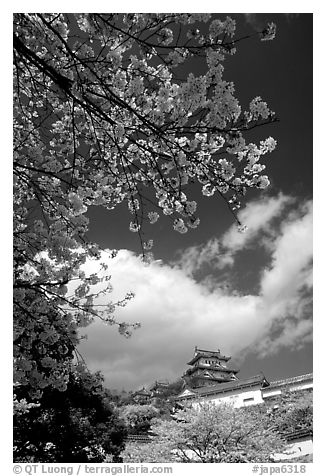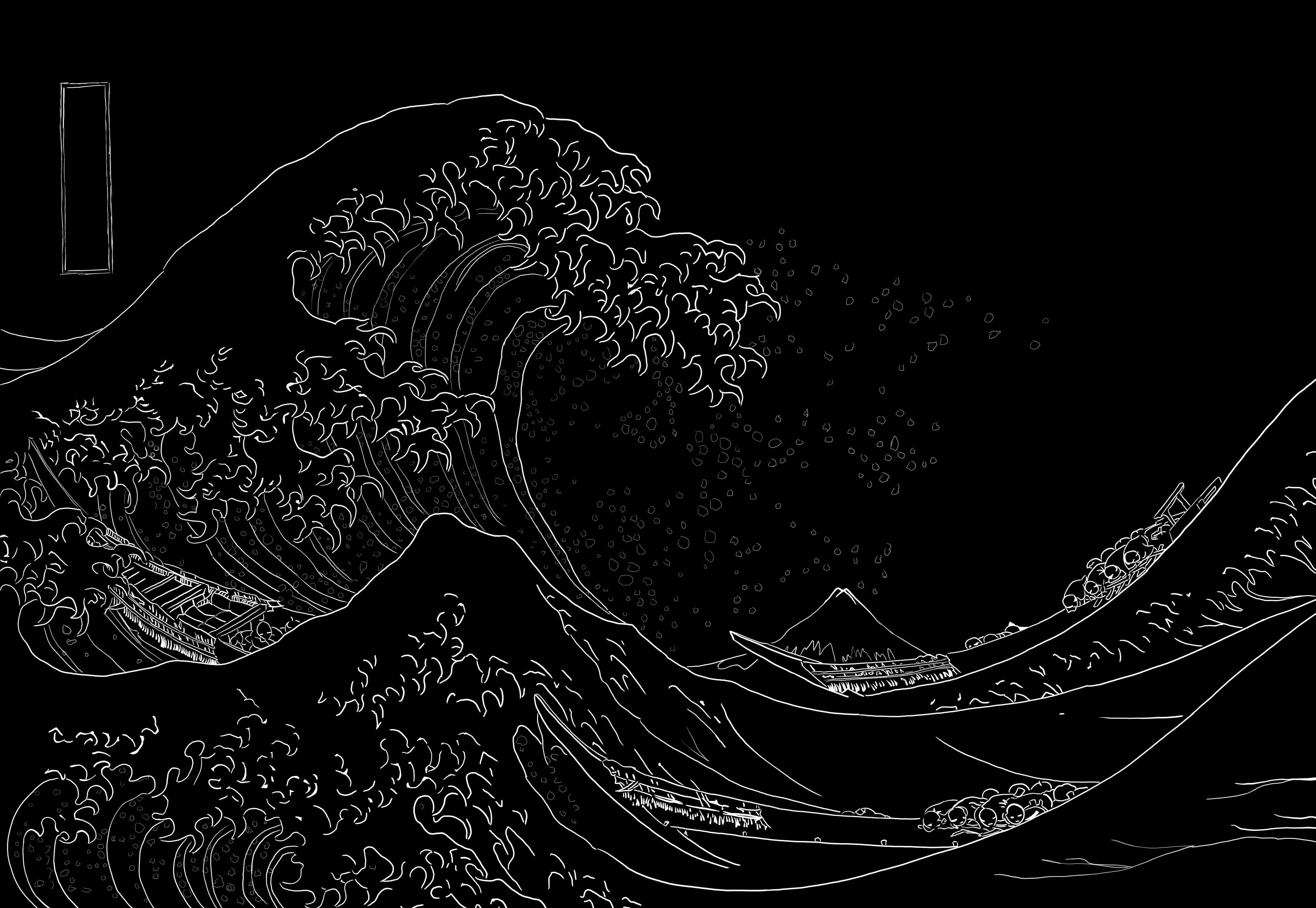
Hanbei draws his sword, but the faster Sanjuro kills him. Sanjuro is reluctant to fight and tries to dissuade Hanbei, but Hanbei is furious at his loss of dignity and declares he can only find ease by killing Sanjuro. The samurai race off and find Sanjuro and Hanbei about to duel. As his family and the loyal samurai are celebrating, they discover that Sanjuro has slipped away. Mutsuta is restored to his position and the superintendent commits hara-kiri, much to the chamberlain's regret, as he wished to avoid a public scandal. Hanbei returns to find he has been made a fool of once again. However, Sanjuro tricks the officials into giving the signal for the samurai to come to the rescue. They convince Hanbei not to waste any further time and instead catch up with the superintendent's forces and have them return as soon as possible.

Just as Hanbei is preparing to kill him, the remaining corrupt officials realise that Sanjuro has tricked them-his description of the temple was incorrect. The first part of the plan works, with the superintendent's forces rushing off to the temple however, Hanbei becomes suspicious after catching Sanjuro trying to drop the camellias into the stream and ties him up. Meanwhile he has told his group of samurai that he will send the signal to attack by floating large numbers of camellias down the stream.
Black and white japan scenery full#
Since an attack on the officials is impossible with the compound full of armed men, Sanjuro hatches a plan to get the army away by reporting to Hanbei that he saw the rebels at a temple where he was sleeping. The chamberlain's whereabouts are not discovered until next day, when Mutsuta's wife and daughter find a piece of the torn petition in the small stream that flows from the superintendent's compound past their hideout. He tells the four to leave him tied up, then explains to Hanbei on his return that he did not wish to die in a cause in which he had no stake. Sanjuro then frees the four captured samurai, although having to kill all their guards. Made to believe that a much larger group may be involved, Hanbei leaves to request reinforcements. Although the samurai distrustfully decide to keep watch on him, Sanjuro realises he is being followed as he walks along with Hanbei, and their shadows are easily captured and bound. Sanjuro decides to get closer to the corrupt officials and joins their henchman Hanbei, who had previously offered him a job after the ambush at the shrine. The lady then criticises "Sanjuro" for killing too frequently and insists that "the best sword is kept in its sheath." When Mutsuta's wife asks the rōnin his name, he looks out of the window at the surrounding camellia trees and says it is Tsubaki Sanjūrō ( 椿三十郎), literally "thirty-year-old camellia".

Then the group hide in a house next door to the superintendent's compound.
Black and white japan scenery free#
Following the rōnin's suggestion, a servant from the house gets the guards drunk, allowing the samurai to free the women. But as their rescuer is about to leave, he realises that Mutsuta and his family must now be in danger and decides to stay and help.īy the time the samurai get to Mutsuta's house, the chamberlain has been abducted and his wife and daughter are held prisoner there. While at first they do not believe him, he saves them from an ambush. As the nine meet secretly to discuss this at a shrine, a rōnin overhears and cautions them against trusting the superintendent.

One of them tells the superintendent Kikui of this and he agrees to intervene. Nine young samurai believe that the lord chamberlain, Mutsuta, is corrupt after he tore up their petition against fraud at court.

Originally an adaptation of the Shūgorō Yamamoto novel Hibi Heian, the script was altered following the success of the previous year's Yojimbo to incorporate the lead character of that film. It is a sequel to Kurosawa's 1961 Yojimbo. Sanjuro ( Japanese: 椿三十郎, Hepburn: Tsubaki Sanjūrō) is a 1962 Japanese jidaigeki film directed by Akira Kurosawa and starring Toshiro Mifune.


 0 kommentar(er)
0 kommentar(er)
